2017.01.01
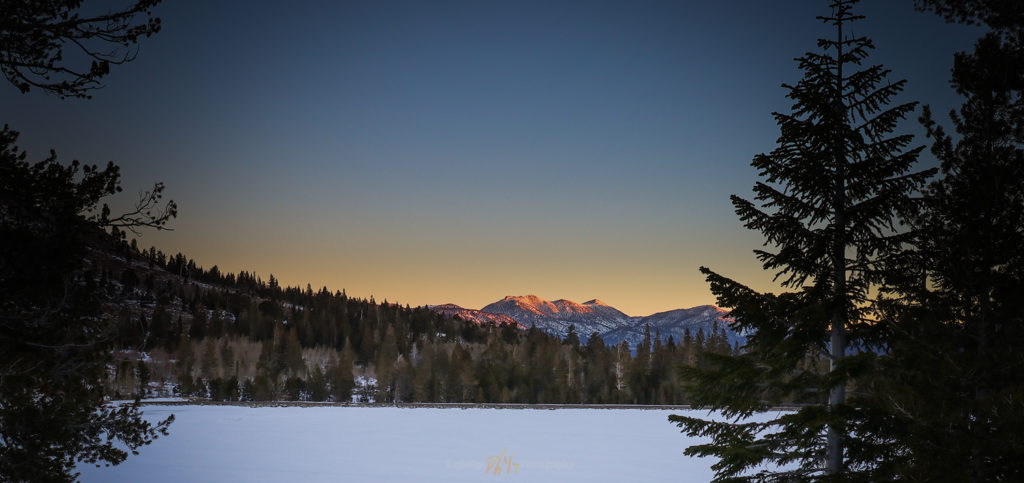
On my first day practicing Landscape Photography, I had no idea what Lightroom was, and I shot only JPEG like I had with every other point-and-shoot digital I had owned. My first attempts at Lightroom were pretty bad, and maybe some dramatic clouds would have saved me from the unsubtle vignette. Plenty of room for learning…
It seemed I was the only car in the darkness, on Highway 89 in the pre-dawn of New Years Day, the first day of 2017. I had packed my snowshoes and was looking forward to my first outing with my new camera, the capable-looking Canon 80D that I had recently picked up at Gordon’s Photos in Carson City. Sometime over the past few months, in the field with my S110 point-and-shoot, I felt the urge to up my game in landscape photography. I knew early morning light in the mountains helped the magic happen, and I was ready to kick off the new year by nurturing something that felt like a growing passion. I have always enjoyed dark early morning highways. The dashed yellow lines ticking into the high-beams with a freshness of recent awakening; very much the opposite of driving into night after a long day of highway.
A pre-dawn dashboard, a dark roadway split by a high-contrast yellow line, and a travel mug of home-brewed coffee, these easily entice me to get up and get out—so here I am. Driving past Woodfords, California, along the West Fork of the Carson River, climbing into Hope Valley. I was headed to Red Lake at the valley’s southern end. I would snowshoe a short segment of the historic California Trail, climbing toward Carson Pass, to overlook the frozen lake with a sunlit view of the Carson Range with its three-pointed crown at the peaks of Freel, Jobs, and Jobs Sister.
Still, not another car. And that’s probably a good thing given that anyone I encounter may simply be driving off their New Years’ shenanigans on a swervy mountain highway. A bad way to start 2017 for both of us. But I make the Red Lake turn-off below the switchbacks to Carson Pass and the tires crunch into a snow-rutted parking area at the dam. The wind is up as sunrise approaches and I gear up against the cold as much as possible then strap on the snowshoes. The excitement of my new camera warms my hopes for the coming light. My excitement, however, soon turns to puzzlement. This is more difficult than I thought.
The sunrise highlights the Carson Range and nearer summits, but they are light-years away in a relatively wide lens—I thought we used these for landscapes? The sky is perfectly clear—where is the alpen glow and drama that I see on all the calendars? My very necessary gloves (it was 4° F at sunrise) make some of the camera controls a bit fiddly—gloves off, gloves on, gloves off, gloves on—and I’m not at all clear what all the controls on the 80D do. I should have taken some more time to get acquainted with the camera in the warmth of home. My photos on the back of the camera don’t look any different than the photos I took on my point-and-shoot, maybe worse. On the other hand, it is so good to be out here in the brisk, quiet ring of a cold wind on a mountainside. That’s the thing that resonates. I can learn the camera, I hope, and I’m suddenly very curious and intrigued as I begin to remember a few things that go into capturing images. This is fun.
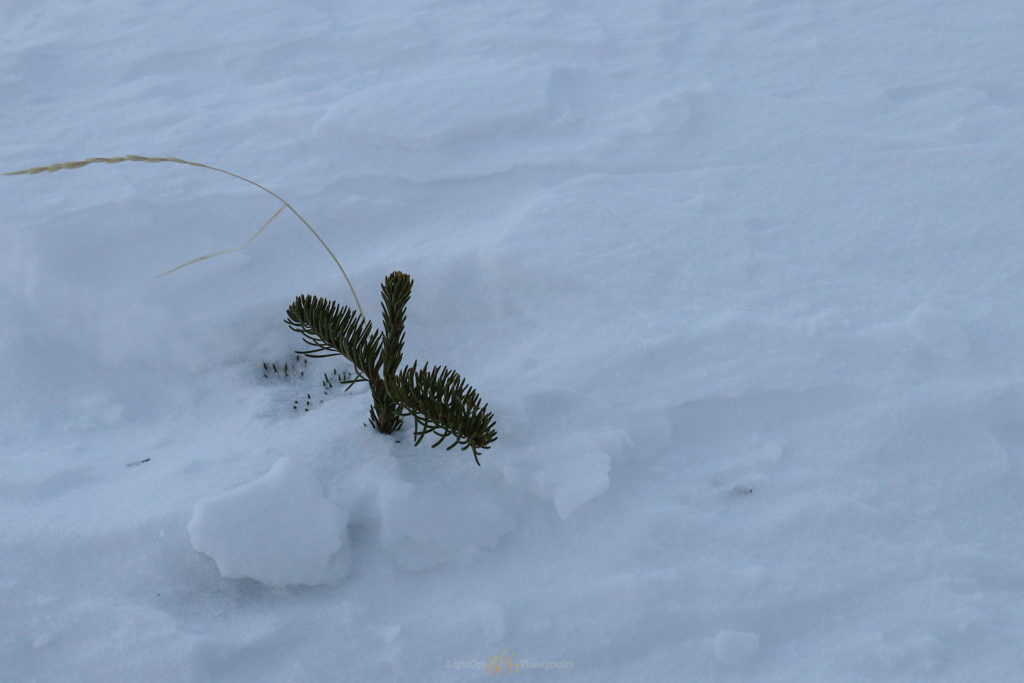
I wanted to think this was merely the tip of a monstrous pine, but the wind-blown grass gave it away. The light is not good, but I can see I was composing around the negative space. I like that.
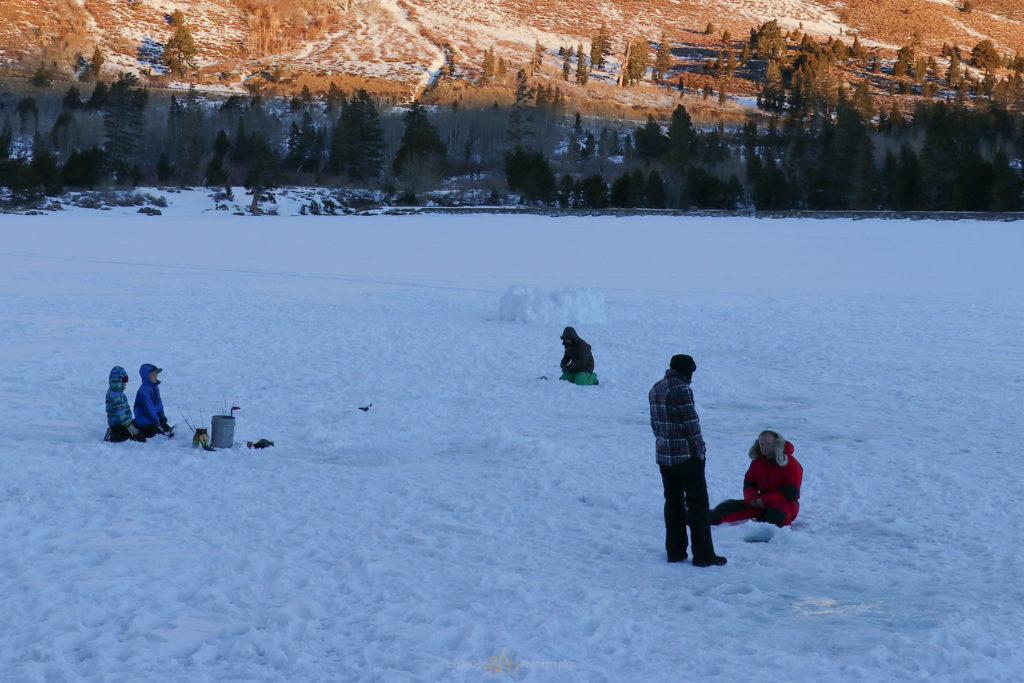
On the edge of the forest I heard voices, Slavic voices. I stepped onto the ice and was sure I had gotten lost. A Siberian lake maybe? Where’d I go off trail? Just the boys out for some ice-fishing.
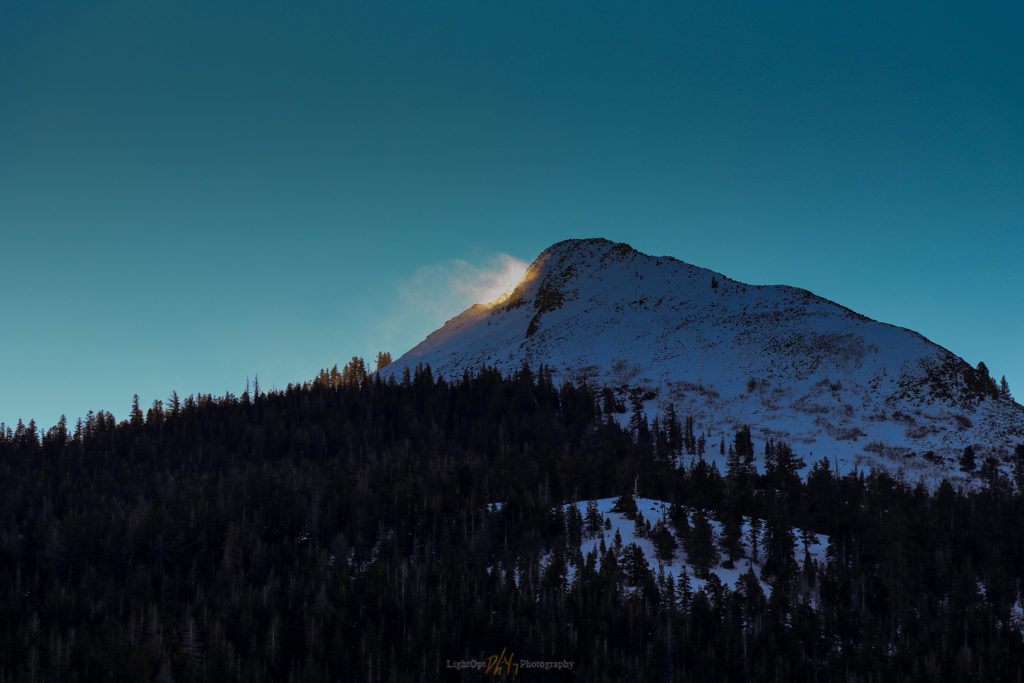
Is this some dramatic light? Not really. And trying to make it so in Lightroom ruins the JPEG. Don’t do this. -Pickett Peak east of Hope Valley.
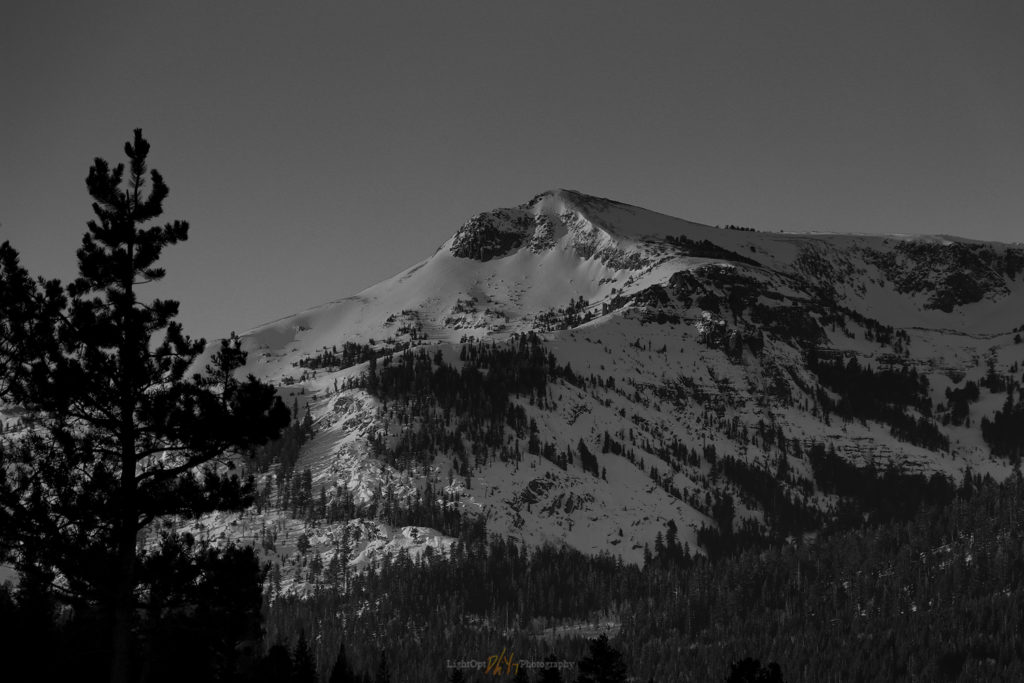
Learning a little, bit by bit. Telephoto compression can be nice. And, wow, I can push a button and get black-and-white. Seems silly, but I remember laughing out loud. Embarassingly late to the show.
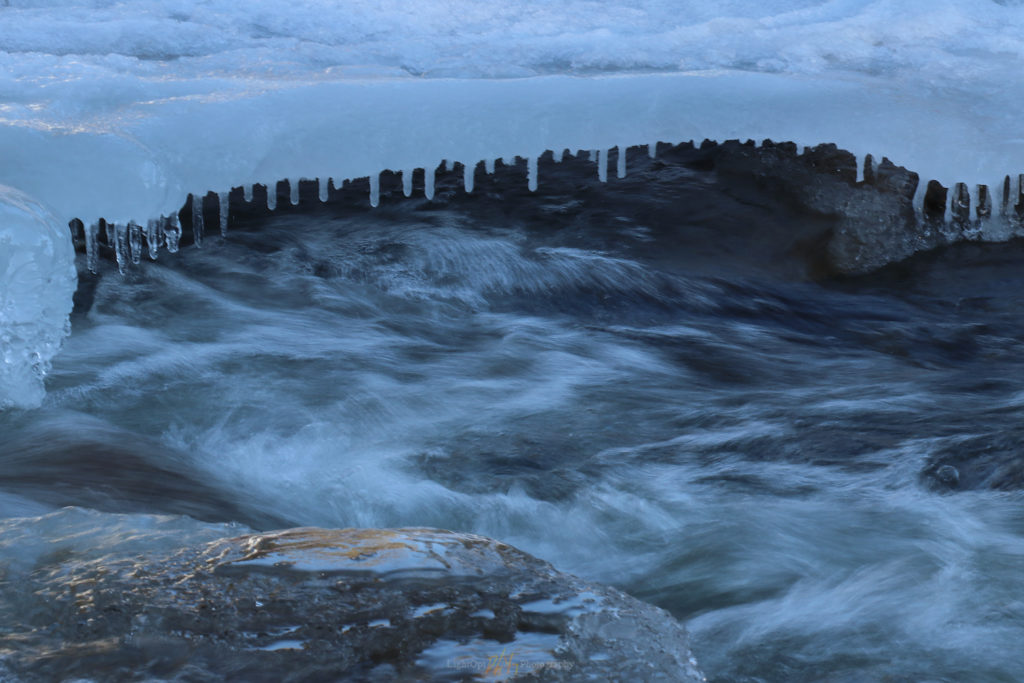
I’d seen the glassy, moody water and knew how it was done. But you aren’t going to get there hand-held, especially after my morning espresso. Doesn’t mean you can’t try.
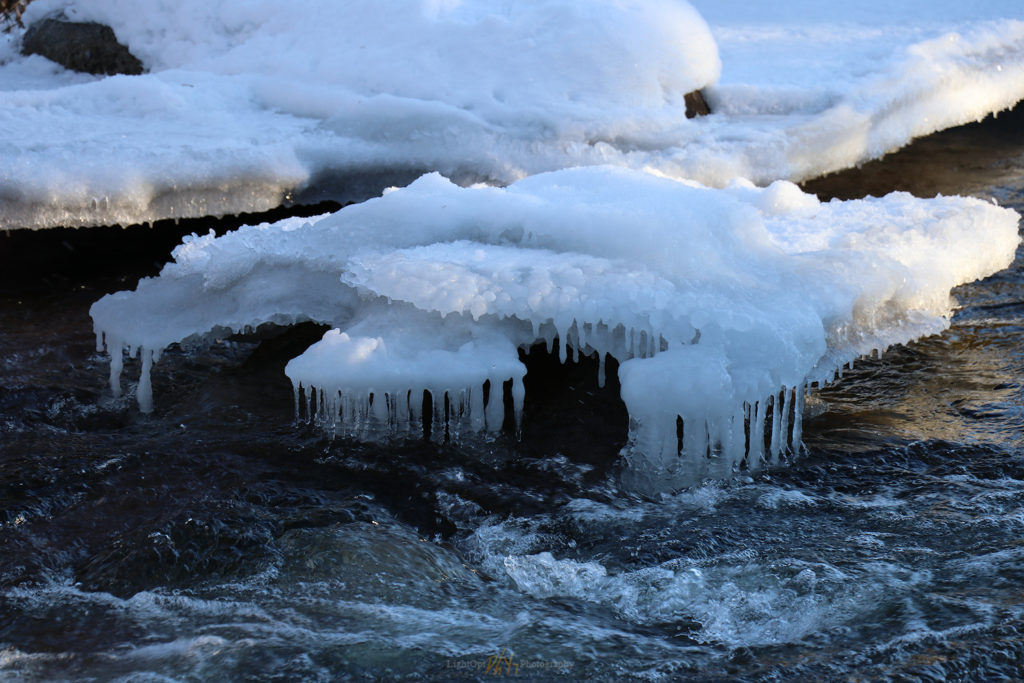
I simply liked this ice…
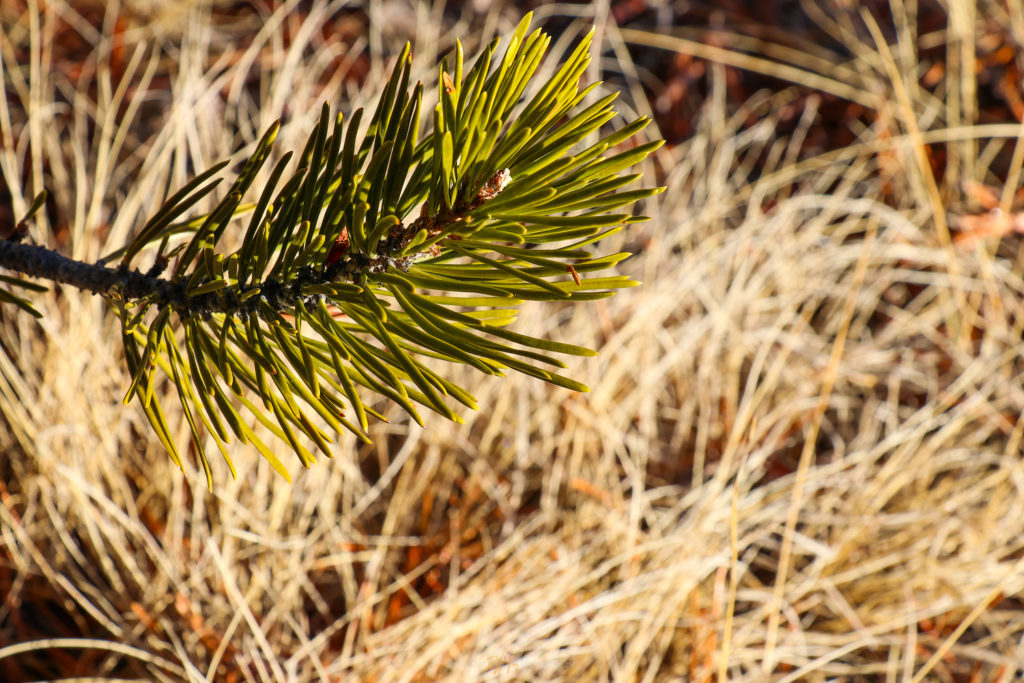
I shot this at f/11, trying to get the colors to stand out. That’s not how it works, I’m thinking. I still have trouble gauging the aperture settings for a particular depth of field, even though I understand it a bit more (I think). What I got right here: f/11 kept all the pine needles in focus (I often get too shallow when opening up) and the longer focal length softened the background nicely. What I got wrong: lines going every which way with needles against grass, but…
Looking back on it now—I’m revisiting these first trips and journal entries several months later—my complete inexperience, with the camera and what most photographers take for granted in post-processing, is almost funny. I did not own a tripod. I did not know what a RAW image file was. I did not know that processing software like Lightroom existed. I could not have explained the exposure triangle of ISO, aperture, and shutter speed to anyone, even though I had taken some nice pictures in the past, relying heavily on “P-mode” and simple speed adjustments. I gradually thawed during this first, cold morning, learning by watching the results on the camera back, and captured at least one image that still makes me smile.
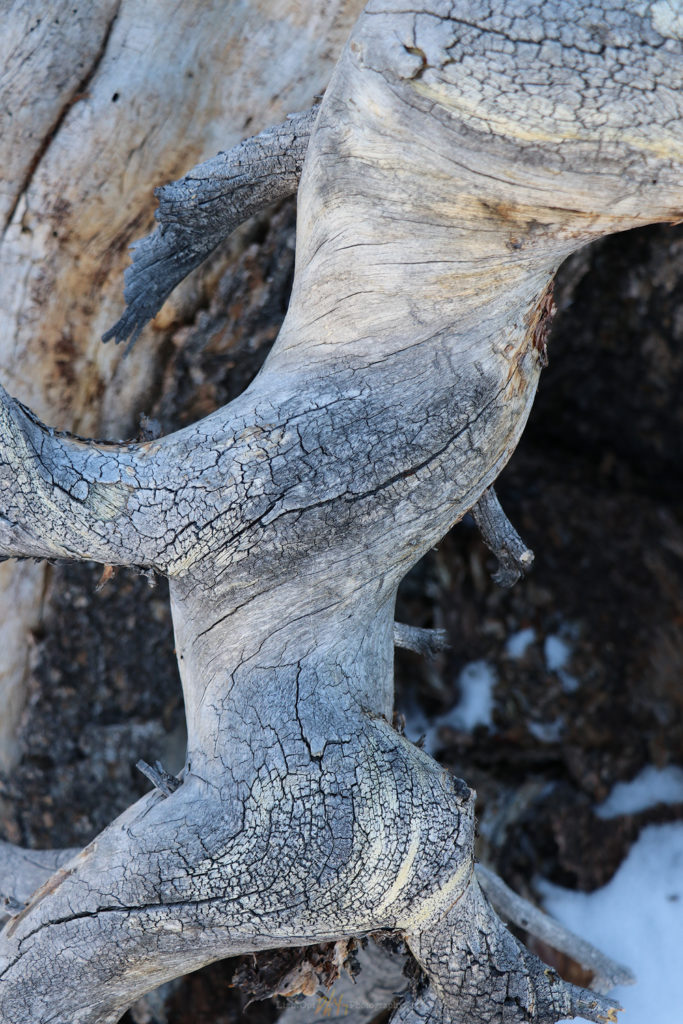
Running Man. This one I still love. Great shapes, good detail, and soft background. Got lucky just walking back to the car.
We all start somewhere. I emphasize that it was those few hours in the early morning, wandering in the forest, across the frozen lake, and along the shining river, while kindling the possibilities in the camera (could be any type of camera) in my hand, that transformed me ever so slightly into a chaser of light.
Keep going…